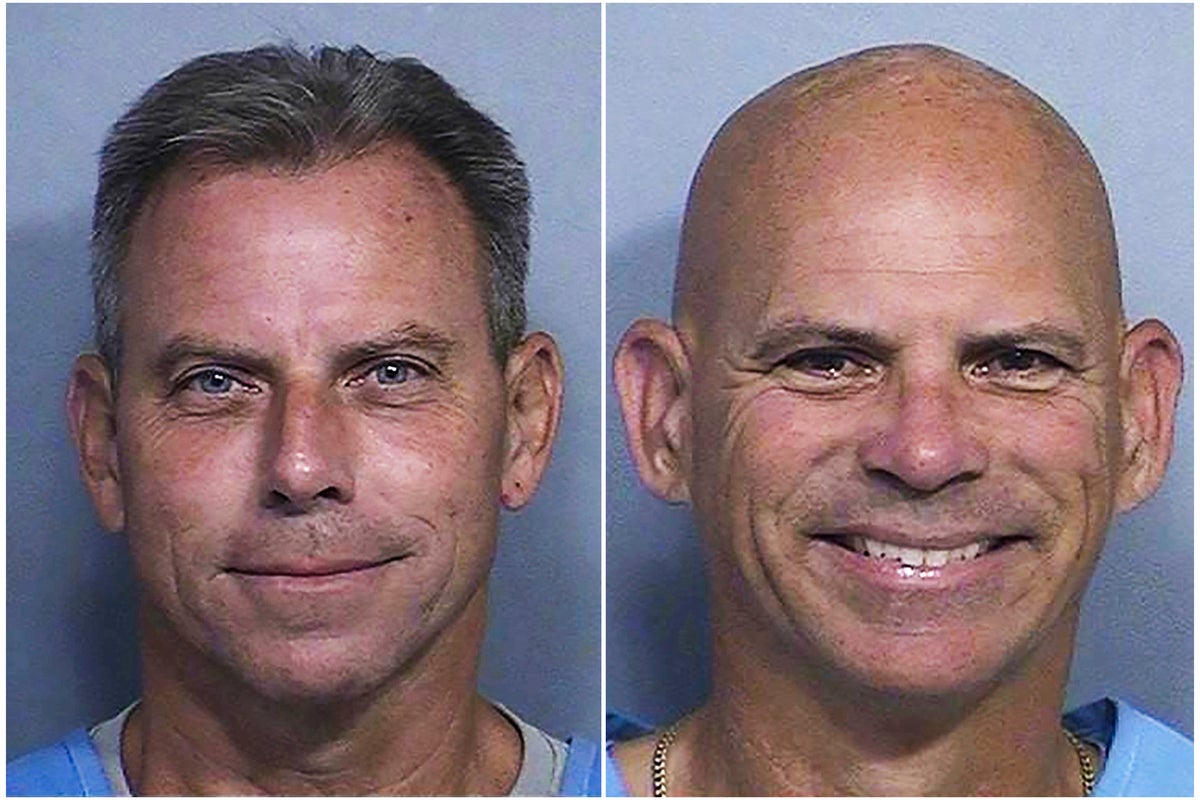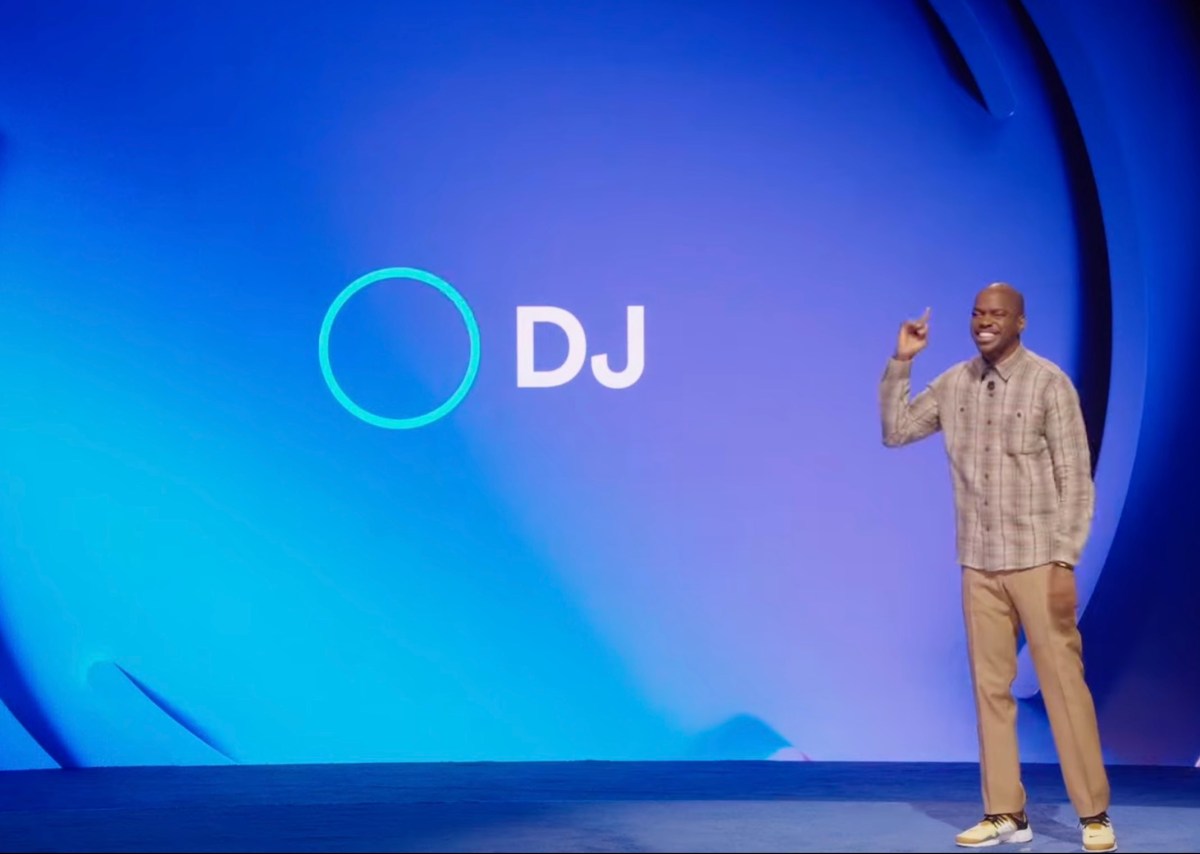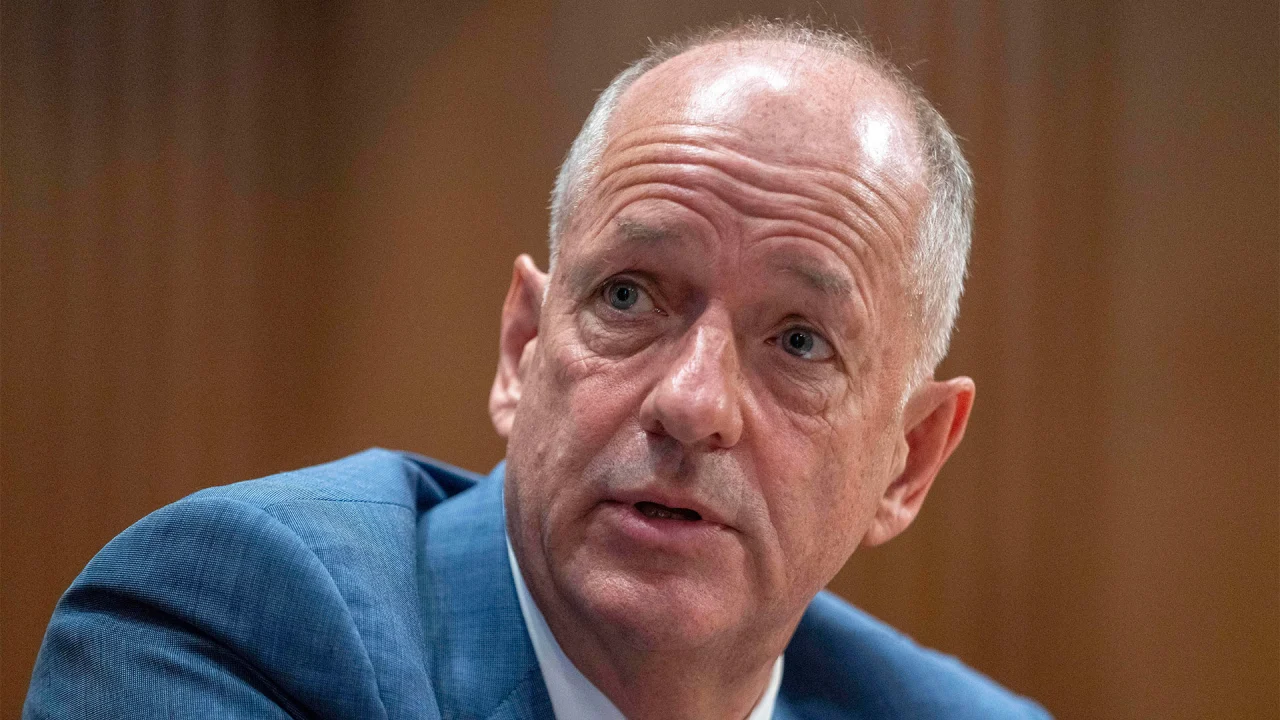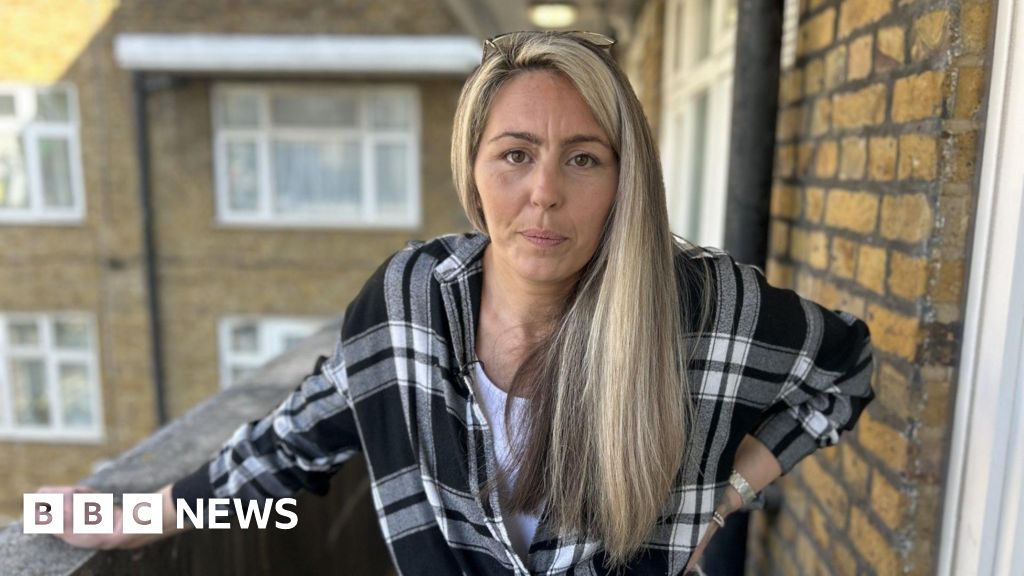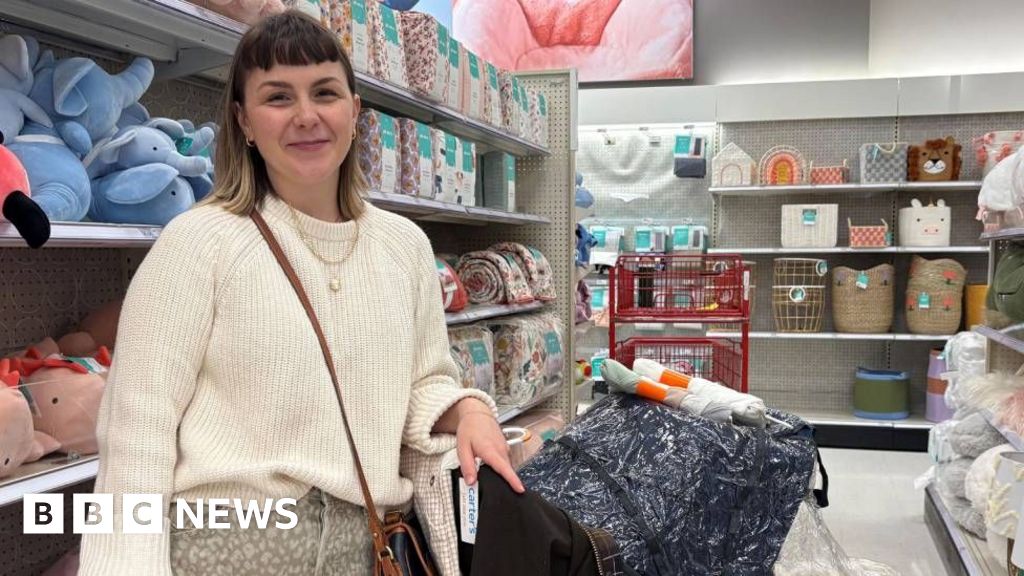Your soap, lotion, and shampoo may contain formaldehyde
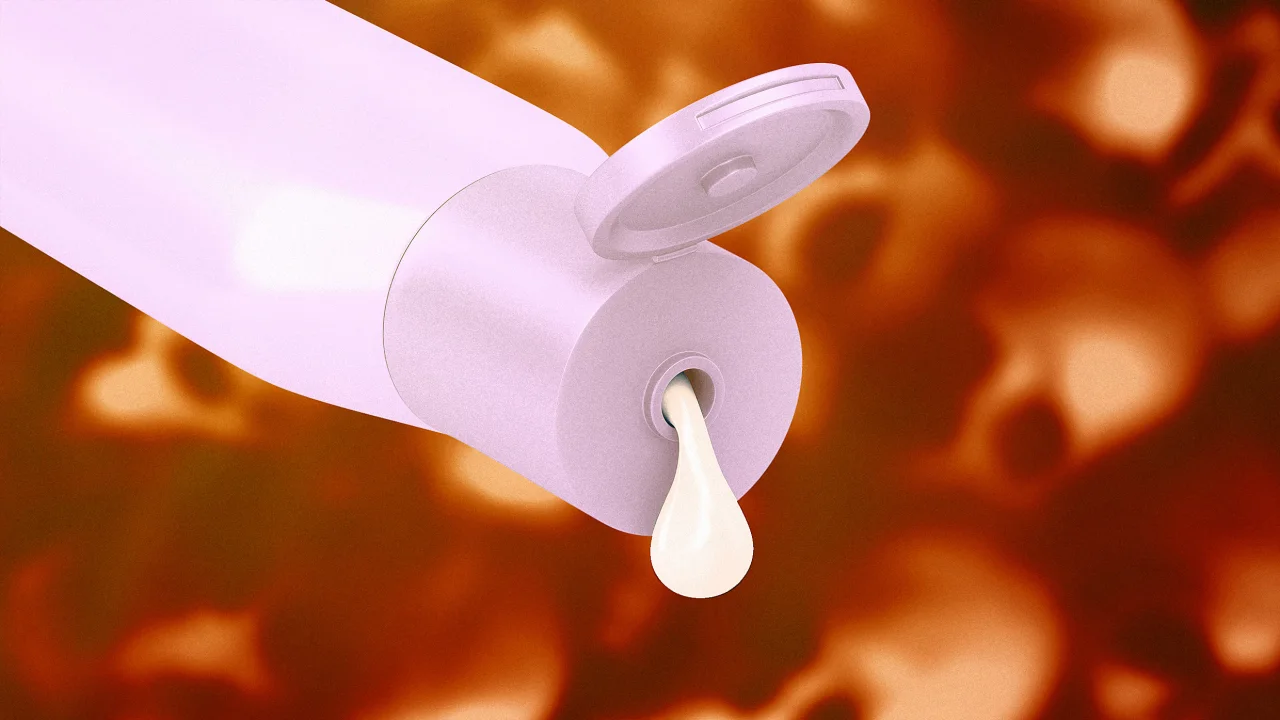
Common personal care and beauty products like lotions, soaps, shampoos, eyeliner, and even eyelash glue can contain formaldehyde or preservatives that release formaldehyde—a known carcinogen that has been linked to cancer. And Black and Latina women could be at particular risk.
Formaldehyde is a preservative (it’s a key ingredient of embalming fluid) and so it’s sometimes added to beauty products as a way to extend their shelf life and inhibit the growth of bacteria or mold. Formaldehyde-releasing preservatives are seen as an alternative to formaldehyde, but these chemical compounds do the same thing: they extend shelf life while slowly releasing formaldehyde into the product over time (just how much depends on multiple factors, but studies suggest longer storage times and higher temperatures lead to more formaldehyde released).
That formaldehyde could then be absorbed by the skin, and even though the amount may be small, experts say low levels of formaldehyde still pose health risks. Personal care products are often used frequently, so repeated exposures could add up.
These chemicals have already been found in hair-straightening products, which are predominantly used by Black women. A new study, recently published in the journal Environmental Science & Technology Letters, found that this risk extends beyond chemical hair relaxers to all sorts of beauty products: lotions, shower gels, face creams, shampoo and conditioners, hair oils, eyeliner, eyelash glue, and so on.
In that study, researchers asked a group of Black and Latina women in Los Angeles about their use of personal care products over a week. More than half reported using items that contain formaldehyde-releasing preservatives—and many of those products are ones that the participants used daily, or multiple times in a week.
Finding formaldehyde in beauty products
For the study, 64 Black and Latina women were tasked with tracking all of their beauty product use, logging the information in an app developed by the Silent Spring Institute, a research organization focused on the environmental causes of breast cancer. (Silent Spring chemists authored the study, and it was part of a larger research effort between Silent Spring, Occidental College Black Women for Wellness, and Columbia University.)
That app also asked them to take a photo of each ingredient label, which allowed the researchers to analyze the ingredient lists for formaldehyde and formaldehyde-releasing preservatives. Formaldehyde-releasing preservatives often go by complex chemical names like 1,3-dimethylol-5,5-dimethylhydantoin, also called DMDM hydantoin or DMDMH, meaning they don’t actually appear as “formaldehyde” on ingredient lists.
Fifty-three percent of participants said they used at least one product with formaldehyde releasers on its ingredient label, and DMDMH was the most common. Of the items that contained any formaldehyde-releasing preservatives, DMDMH was in 47% of skincare and 58% of hair products.
The fact that these toxic chemicals are in so many products highlights the health risks women face, particularly Black and Latina women. One woman in the study used three products with formaldehyde-releasing preservatives: a leave-in conditioner, rinse-off conditioner, and a body wash. Some women used these products multiple times a day, like hand soap or lotion. Over a five day period, 20 study participants used lotions with formaldehyde-releasing preservatives for a total of 76 times. One eyelash glue even specifically listed formaldehyde as an ingredient. The preservatives were also found in hair gels, oils, curl creams, and edge controls, predominantly used by Black women.
The study didn’t list specific brands or product names containing formaldehyde-releasing preservatives, though it did note that 12 such lotions were from Bath & Body Works. “While this study does not specify which of body lotions its participants were using, we rigorously test formulas for all our personal care and home fragrance products, including FRPs to meet regulatory and safety standards,” a Bath & Body Works spokesperson said in a statement.
Protecting consumers from formaldehyde releasers
Formaldehyde exposure is linked to adverse health effects, including increased risk of multiple types of cancer. Researchers say there’s been a growing concern about formaldehyde-releasing preservatives, and how personal care products that contain them could pose a risk to women’s health, particularly Black and Latina women. Previous studies have connected the use of hair relaxers to an increased risk of uterine cancer in Black women.
Others say these formaldehyde-releasing chemicals aren’t a concern. Unilever, for example, has a web page about how it doesn’t use formaldehyde as an ingredient but does use “formaldehyde donors” like DMDMH. It says they’re safe to use, per the U.S. Cosmetic Ingredient Review Expert Panel and Europe’s Scientific Community on Consumer Safety.
Still, in Europe, products with formaldehyde are more regulated. The European Union has banned formaldehyde in cosmetics, and requires any cosmetics with formaldehyde releasers above a 0.001% concentration to have a warning label.
The U.S. currently doesn’t ban formaldehyde in cosmetics (a federal ban on formaldehyde and formaldehyde releasers in chemical hair straighteners was considered back in 2023, and is currently stalled after President Donald Trump paused all federal regulations). At least 10 states, including California and Oregon, have enacted or considered laws to regulate formaldehyde in cosmetics—either by banning it, or requiring warning labels for formaldehyde releasers. There has been a drop in products containing formaldehyde in California after the state’s Safe Cosmetics Program began in 2007, but experts say even beyond warning labels, banning formaldehyde releasers completely across the country would be the best-case scenario to reduce risks.
The researchers suggest people avoid products containing DMDMH. Silent Spring has resources for how people can avoid formaldehyde releasers, including by noting the other chemical names for such preservatives that may appear on ingredient lists. Black Women for Wellness also has resources for consumers concerned about chemical exposure.
“We’re trying to do the right thing,” Janette Robinson Flint, executive director of Black Women for Wellness, says in a statement. “But there needs to be more government oversight. We shouldn’t have to be chemists to figure out what kinds of products will make us sick.”
What's Your Reaction?
 Like
0
Like
0
 Dislike
0
Dislike
0
 Love
0
Love
0
 Funny
0
Funny
0
 Angry
0
Angry
0
 Sad
0
Sad
0
 Wow
0
Wow
0


